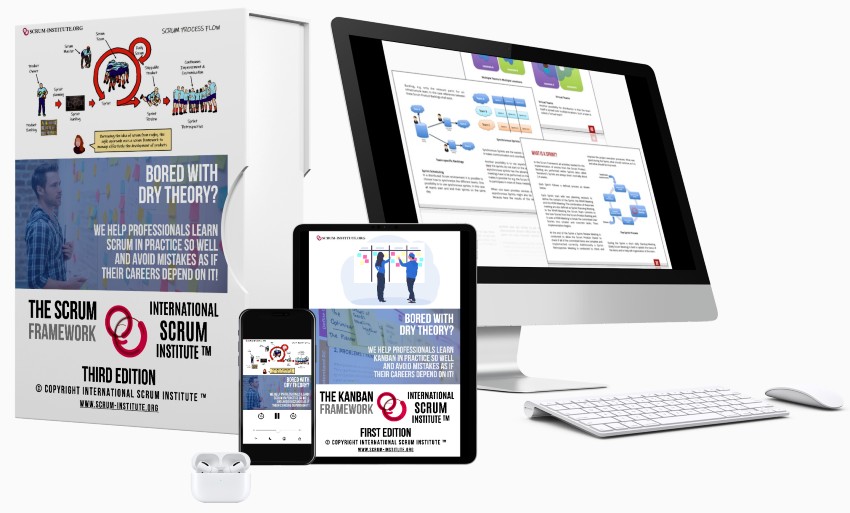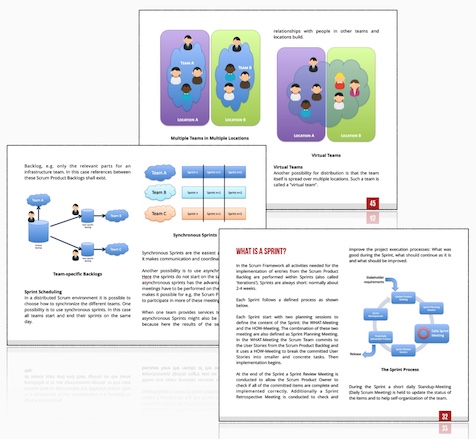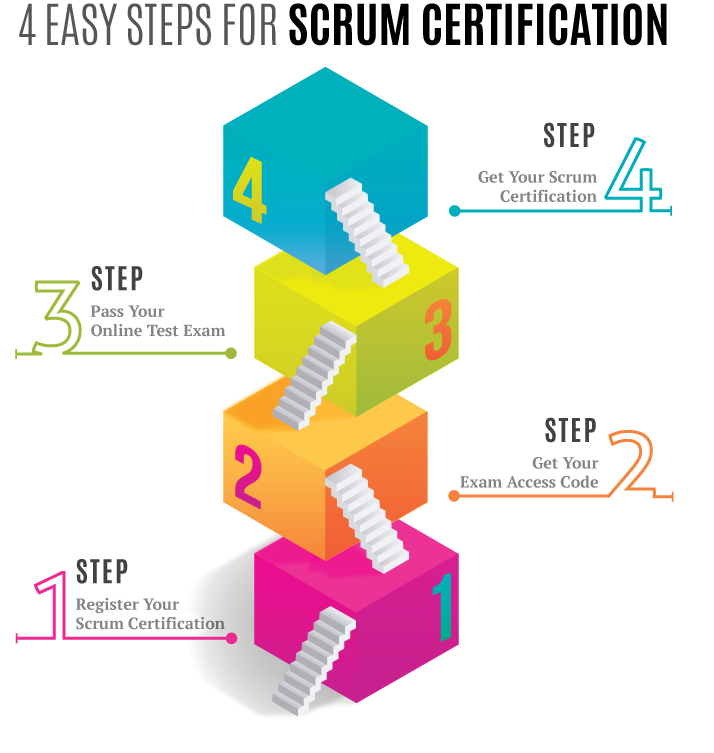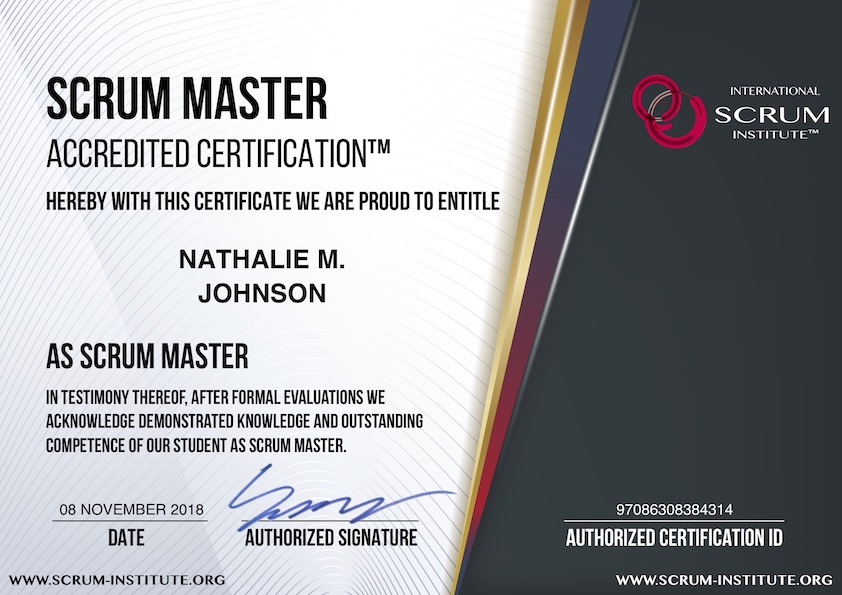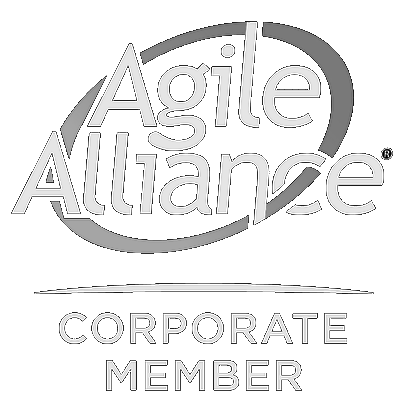The Scrum Framework 3rd Edition Is Now Ready.
Get Special Bonuses (Last Day Today!)
Click The Cover For Free Download...
What is The Scrum Framework, 3rd Edition?
- The Scrum Framework is NOT just another "Scrum" training material.
- It is NOT another book that repeats the dry Scrum theory. However, it will help you get a lot better understanding of the practical use of the Scrum theory. (Even if you are not or minimally experienced in Scrum right now.)
- It is NOT a book about how to raise your salary with Scrum's help. However, it will give you the know-how and negotiation power of game-changers, which will help you radically increase your position and income.
- It is NOT a book about career advice. However, thanks to The Scrum Framework, you will become a lot more successful in your job interviews. That means you will grasp exciting career chances like it has worked out for hundreds of thousands of students like you so far.
The Scrum Framework is a colorful, lively, and smart shortcut to help you deliver great results with Scrum (really fast and without hassle), so you can fuel the life and career you want.
How can you access The Scrum Framework, 3rd Edition, and get started learning Scrum today?
Although The Scrum Framework is the copyrighted intellectual property of the International Scrum Institute™, we wanted to make it freely accessible. We believe that only by sharing experience and know-how we've collected over the years, we can best serve Scrum professionals and the further development of the Scrum domain.
Your Scrum certification examination comprises multiple-choice test questions. Reading The Scrum Framework will help Scrum professionals like you to acquire the know-how to pass your Scrum certification examination and get your Scrum certification.
We GUARANTEE that The Scrum Framework will make you pass your Scrum certification exam!
Send Me My Free Scrum Book!
 SCRUM INSTITUTE™
SCRUM INSTITUTE™